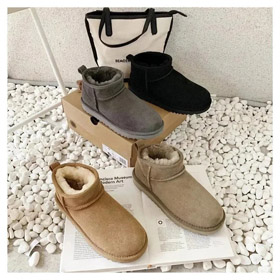Effective customer feedback analysis is crucial for optimizing the shopping experience on Oopbuy, especially for high-end brands like Burberry. By leveraging Oopbuy’s spreadsheet tools, resellers and platform administrators can systematically collect, analyze, and act on customer feedback to improve service quality and product offerings. Here’s a step-by-step guide to maximizing the potential of feedback analysis using Oopbuy’s spreadsheet templates.
Step 1: Organize Feedback Data with Oopbuy Spreadsheet Templates
Oopbuy provides specialized spreadsheet templates designed to streamline feedback collection. These templates allow users to input structured data, including:
- Product Quality:
- Service Experience:
- Improvement Suggestions:
- Service Experience:
Customize the template by adding dropdown menus or rating scales to normalize data for easier analysis.
Step 2: Analyze Feedback with Pivot Tables
Identify trends and pain points using pivot tables to summarize feedback by dimensions such as:
- Most frequently reported product issues.
- Regional service performance gaps.
- Common suggestions for process enhancements.
For example, filtering negative remarks about "delivery delays" can highlight logistical inefficiencies to address.
Step 3: Extract Insights via Text Analysis and Visualizations
Oopbuy spreadsheets support automated text analysis to:
- Tag Keywords:
- Generate Word Clouds:
Step 4: Integrate with Customer Support Systems
Link the spreadsheet to Oopbuy’s ticketing or CRM system to:
- Auto-Assign Tasks:
- Monitor Progress:
This integration ensures accountability and continuous improvement.
Conclusion: Data-Driven Optimization
By methodically analyzing Burberry feedback on Oopbuy (Explore Oopbuy’s tools here), sellers can refine their offerings and elevate buyer satisfaction. Structured spreadsheets transform subjective opinions into actionable metrics—turning insights into growth.



















